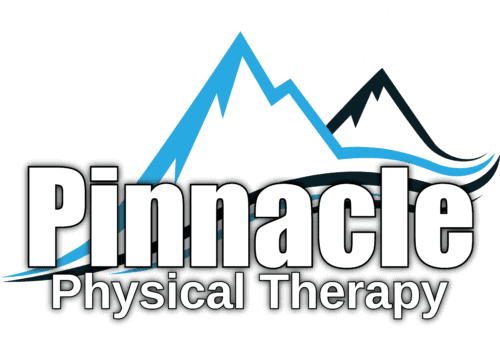
Temporomandibular Joint Disorders (TMJ) are increasingly recognized as a significant source of discomfort and pain for many individuals. Traditionally, treatment for TMJ has involved dentists and orthodontists, but now physical therapists are stepping up to provide comprehensive care. Here’s why more physical therapists are offering help for TMJ disorders and how they can make a difference in managing this condition.
The Rise of TMJ Awareness
In recent years, awareness of TMJ disorders has grown, with more people seeking relief from symptoms that can severely impact their quality of life.
Common symptoms of TMJ include:
- Jaw pain or tenderness
- Difficulty chewing or biting
- Clicking or popping sounds in the jaw
- Headaches and earaches
- Lockjaw or limited jaw movement
As understanding of TMJ has evolved, it has become clear that effective treatment often requires a multidisciplinary approach. Physical therapists are uniquely positioned to address the musculoskeletal aspects of TMJ, offering targeted therapies that complement dental interventions.
The Role of Physical Therapy in TMJ Treatment
Physical therapy focuses on the entire musculoskeletal system, which is crucial for addressing the underlying causes of TMJ disorders.
Here are some reasons why physical therapists are now providing TMJ help:
Holistic Approach
Physical therapists take a holistic view of the body, assessing not just the jaw, but also the neck, shoulders, and posture. This comprehensive approach helps identify contributing factors to TMJ and addresses them effectively.
Specialized Training
Physical therapists receive specialized training in anatomy and biomechanics, enabling them to understand the complex interactions between muscles, joints, and tissues. This knowledge is essential for developing effective treatment plans for TMJ.
Non-Invasive Techniques
Physical therapy offers non-invasive, drug-free solutions for TMJ disorders. Techniques such as manual therapy, exercises, and modalities like ultrasound provide relief without the need for surgery or medication.
Pain Management Expertise
Physical therapists are skilled in various pain management techniques, helping patients find relief from TMJ symptoms through targeted interventions. They also teach patients how to manage pain independently through exercises and lifestyle modifications.
Education and Empowerment
Physical therapists educate patients about TMJ, teaching them how to maintain proper posture, perform exercises, and manage stress. This empowerment leads to better long-term outcomes and helps prevent the recurrence of symptoms.
The Benefits of Physical Therapy for TMJ
Reduced Pain and Inflammation
Through targeted techniques and exercises, physical therapy can significantly alleviate pain and reduce inflammation in the jaw.
Improved Functionality
Patients often experience improved jaw movement and functionality, making daily activities like eating and speaking more comfortable.
Long-Term Relief
By addressing the root causes of TMJ, physical therapy offers long-term relief and reduces the likelihood of future flare-ups.
Complementary Care
Physical therapy works well in conjunction with dental treatments, providing a well-rounded approach to TMJ management.
As more people seek effective solutions for TMJ disorders, physical therapists are increasingly stepping in to offer their expertise and comprehensive care. By focusing on the musculoskeletal aspects of TMJ, physical therapists provide valuable interventions that can lead to significant improvements in patients’ quality of life.
If you are experiencing TMJ symptoms, reach out to Pinnacle Physical Therapy. Our team would love to help.


